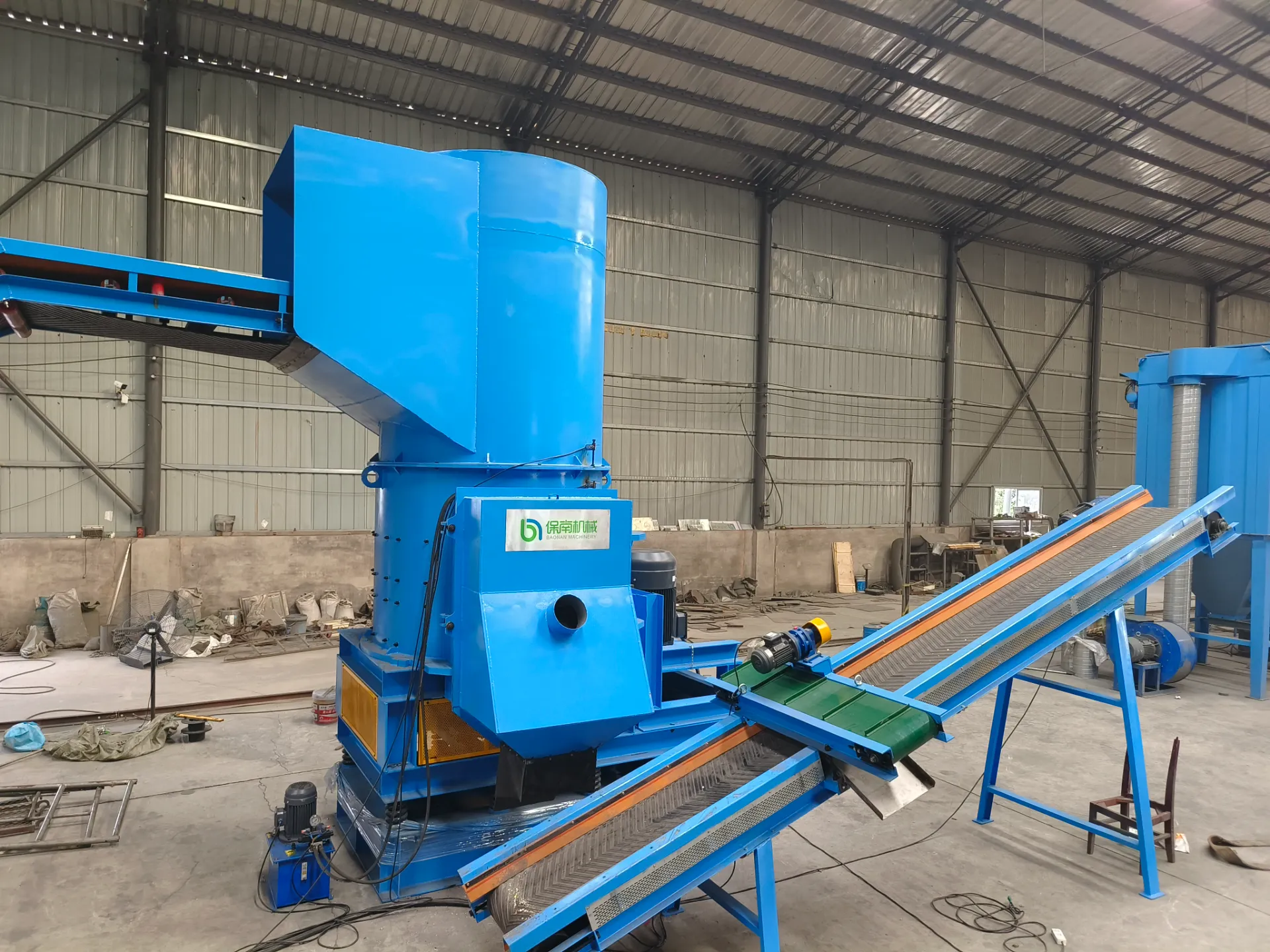

Oct . 12, 2024 02:57 Back to list
Iron Scrap Recycling Plant A Sustainable Approach to Steel Production
The global need for sustainable practices in industrial operations has led to the rise of recycling facilities, particularly for metals such as iron. An Iron Scrap Recycling Plant plays a crucial role in addressing environmental concerns while providing a steady supply of raw materials for industries reliant on steel production. This article explores the importance of iron scrap recycling, the methods employed in recycling plants, and the benefits associated with this practice.
The Importance of Iron Scrap Recycling
Iron and steel are among the most recycled materials in the world. The recycling of iron scrap helps to conserve natural resources, reduce energy consumption, and minimize environmental pollution. For every metric ton of recycled steel, approximately 1.5 tons of iron ore, 0.5 tons of limestone, and 360 gallons of water are saved. Given that steel production from recycled materials generates significantly lower greenhouse gas emissions compared to the production from virgin materials, recycling iron scrap is an essential strategy in combating climate change.
The demand for steel continues to grow globally, driven by construction, manufacturing, and infrastructure development. With this demand comes the necessity for a sustainable method of steel production. Recycling steel—derived from scrap—is an efficient way to meet this requirement. An Iron Scrap Recycling Plant ensures that scrap iron sourced from various sectors, including construction, automotive, and households, is processed and repurposed effectively.
Processes in an Iron Scrap Recycling Plant
Iron scrap recycling involves several key processes designed to ensure efficient material recovery and quality assurance
. The typical workflow in an iron scrap recycling plant includes1. Collection and Sorting Scrap iron is collected from multiple sources, including demolition sites, industrial waste, and scrap yards. The collected materials are then sorted to remove impurities such as plastics, non-ferrous metals, and other contaminants.
2. Shredding Once sorted, the scrap is fed into shredders that break it down into smaller pieces. This reduces the material size, making it easier to handle and process further.

3. Magnetic Separation To separate iron from non-ferrous materials, magnetic separators are used. This technology enhances the purity of the recycled material, ensuring high-quality output for steel production.
4. Melting The cleaned and sorted scrap iron is then melted in electric arc furnaces or induction furnaces. This stage requires a significant amount of energy, but it is still less than what is needed for processing virgin iron ore.
5. Refining and Casting The molten iron is refined to remove any remaining impurities and to achieve the desired chemical composition. It is then cast into ingots, billets, or other shapes according to industry needs.
6. Distribution Finally, the recycled iron products are transported to manufacturers, who utilize the material in the production of new steel products.
Benefits of Iron Scrap Recycling
The establishment of Iron Scrap Recycling Plants offers numerous benefits, both economically and environmentally. Economically, recycling reduces costs associated with mining and processing raw materials, which can lead to more competitive pricing in the steel market. Additionally, it creates jobs in the recycling sector, fostering economic growth in communities where these plants operate.
Environmentally, the recycling process significantly reduces landfill waste, conserves natural resources, and lowers greenhouse gas emissions. By utilizing scrap iron, the lifecycle of metals is extended, promoting a circular economy where materials are reused rather than discarded.
In conclusion, Iron Scrap Recycling Plants are integral to promoting sustainability in the steel production industry. By recycling iron scrap, we can effectively reduce waste, conserve resources, and minimize our environmental impact. As awareness of the importance of recycling grows, these plants will continue to play a vital role in shaping a more sustainable future. Investing in such facilities not only meets the growing demand for steel but also aligns with global efforts toward environmental conservation and responsible resource management.
Latest news
Troubleshooting Common Eddy Separator Problems
NewsJul.04,2025
The Role of Metal Recycling Plants in Circular Economy
NewsJul.04,2025
The Impact of Recycling Line Pickers on Waste Management Costs
NewsJul.04,2025
Safety Features Every Metal Shredder Should Have
NewsJul.04,2025
How Industrial Shredders Improve Waste Management Systems
NewsJul.04,2025
How Cable Granulators Contribute to Sustainable Recycling
NewsJul.04,2025